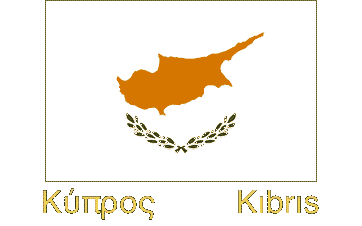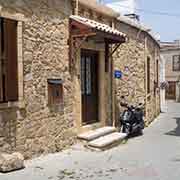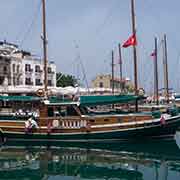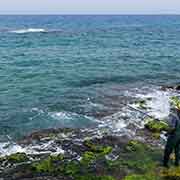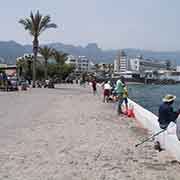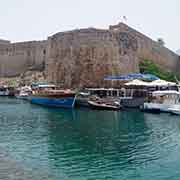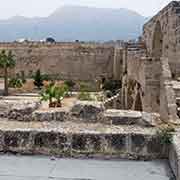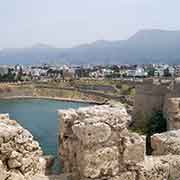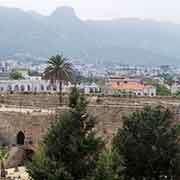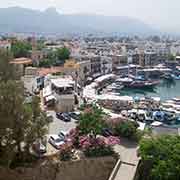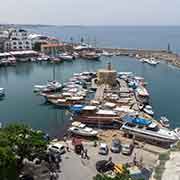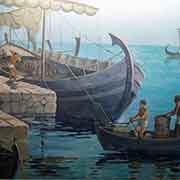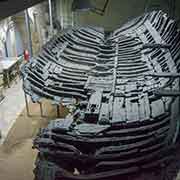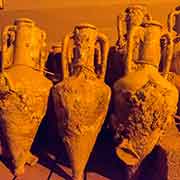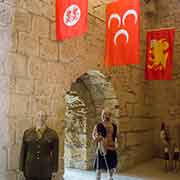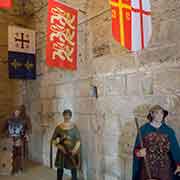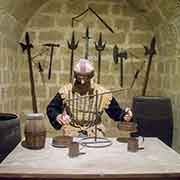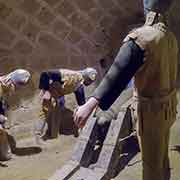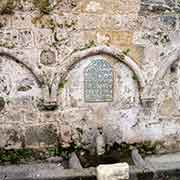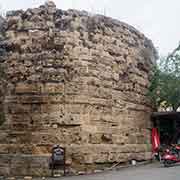Photos of Girne (Kyrenia), the cultural centre of Northern Cyprus, Cyprus
Girne (Kyrenia), the cultural centre of Northern Cyprus
Kyrenia, in Turkish Girne, and Greek Keríneia (Κερύνεια), is a historic harbour city on the north coast of Cyprus. It has a cobblestoned old town and a 16th-century castle built by the Venetians over a previous Crusader fortification. It is a cultural centre and the main tourist town in Northern Cyprus.
you may then send it as a postcard if you wish.
Although Kyrenia had a population since at least 5,000 years, the city was most likely founded by Achaeans, one of the four major Greek tribes, after 1180 BCE. During Roman times, the foundations for the castle were laid, and it was further enlarged and strengthened by the Crusaders when Guy of Lusignan established his dynasty in the late 12th century. When the Venetians took over the Lusignan Kingdom of Cyprus, they modified and strengthened it further. Despite that, they surrendered to the Ottoman Empire in 1571.
During the Ottoman period, Kyrenia had an almost equal population of Greek-speaking Christians and Turkish-speaking Muslims. When Cyprus came under British rule, many Turkish Cypriots departed for Anatolia, and the city became predominantly Greek. But when the Turkish military invaded Northern Cyprus, the Greek Cypriots had to flee and were displaced by force. Since then, settlers from Turkey and Turkish Cypriots have inhabited the city.


